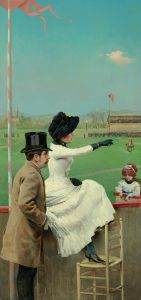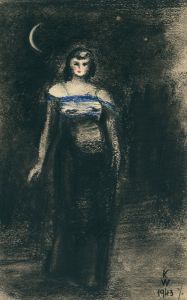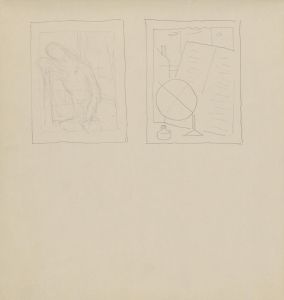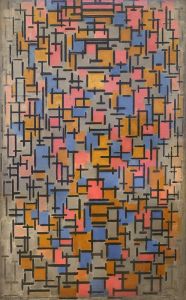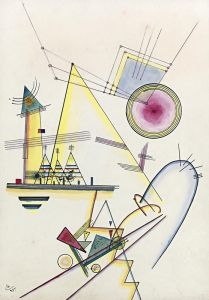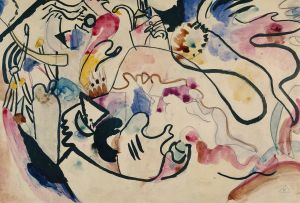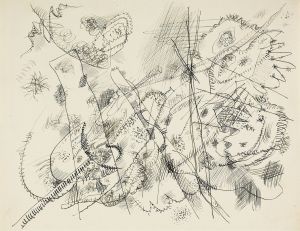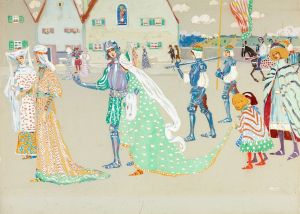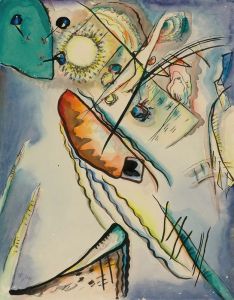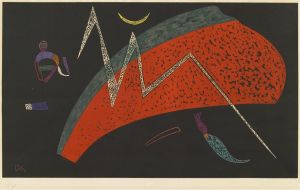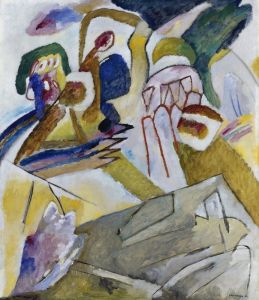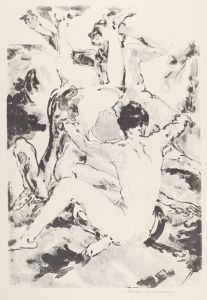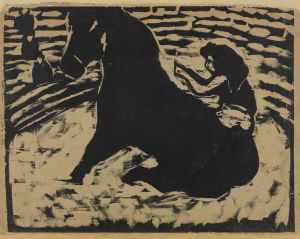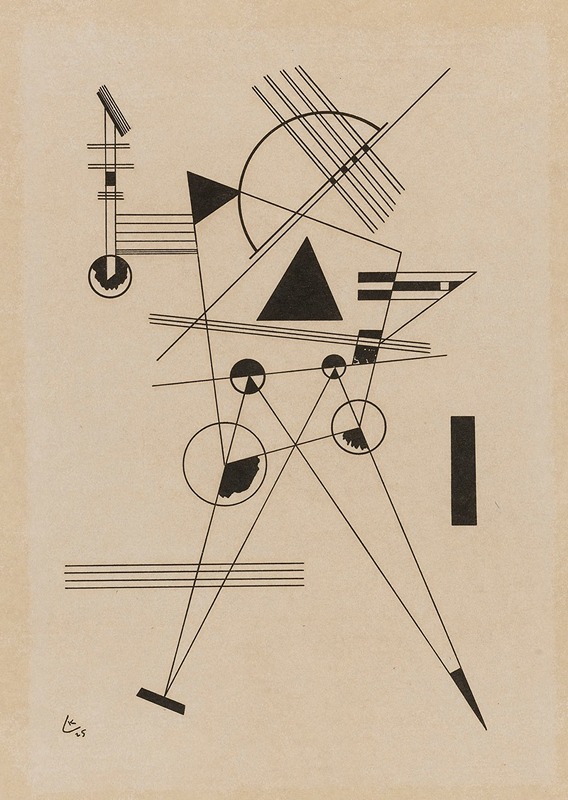
Lithographie No. 1
A hand-painted replica of Wassily Kandinsky’s masterpiece Lithographie No. 1, meticulously crafted by professional artists to capture the true essence of the original. Each piece is created with museum-quality canvas and rare mineral pigments, carefully painted by experienced artists with delicate brushstrokes and rich, layered colors to perfectly recreate the texture of the original artwork. Unlike machine-printed reproductions, this hand-painted version brings the painting to life, infused with the artist’s emotions and skill in every stroke. Whether for personal collection or home decoration, it instantly elevates the artistic atmosphere of any space.
Wassily Kandinsky, a pioneering figure in abstract art, created "Lithographie No. 1" during a period of significant artistic exploration and innovation. Kandinsky, born in Moscow in 1866, was a Russian painter and art theorist who is often credited with painting one of the first recognized purely abstract works. His journey into abstraction was influenced by his synesthetic experiences, where he could perceive colors and sounds simultaneously, and his deep interest in the spiritual and emotional power of art.
"Lithographie No. 1" is part of Kandinsky's early forays into printmaking, a medium that allowed him to explore his ideas about abstraction and composition in new ways. Lithography, a method of printing based on the immiscibility of oil and water, provided Kandinsky with the opportunity to experiment with different textures and forms. This technique was particularly suited to his interest in creating dynamic compositions that could convey movement and emotion.
The work is characterized by its use of geometric shapes and bold lines, elements that would become hallmarks of Kandinsky's style. In "Lithographie No. 1," one can observe the early stages of his transition from representational art to abstraction. The composition is carefully balanced, with a sense of rhythm and harmony that reflects Kandinsky's interest in music and its parallels with visual art. He believed that art should evoke the same emotional responses as music, a concept that he explored throughout his career.
Kandinsky's move towards abstraction was also influenced by his theoretical writings, particularly his seminal book "Concerning the Spiritual in Art," published in 1911. In this work, he articulated his belief that art should transcend mere representation and instead express deeper spiritual truths. This philosophy is evident in "Lithographie No. 1," where the interplay of shapes and lines suggests a departure from the physical world and an exploration of the inner emotional landscape.
The early 20th century was a time of great change and experimentation in the art world, with movements such as Expressionism, Cubism, and Futurism challenging traditional notions of art. Kandinsky was at the forefront of these developments, and his work in lithography contributed to the broader dialogue about the role of abstraction in modern art. "Lithographie No. 1" is a testament to his innovative spirit and his commitment to pushing the boundaries of artistic expression.
Kandinsky's influence on the art world was profound, and his work continues to inspire artists and art lovers alike. "Lithographie No. 1" is an important piece in understanding the evolution of abstract art and Kandinsky's role in shaping its trajectory. Through his exploration of form, color, and composition, Kandinsky opened up new possibilities for artists to express the intangible and the emotional, paving the way for future generations to explore the limitless potential of abstraction.





